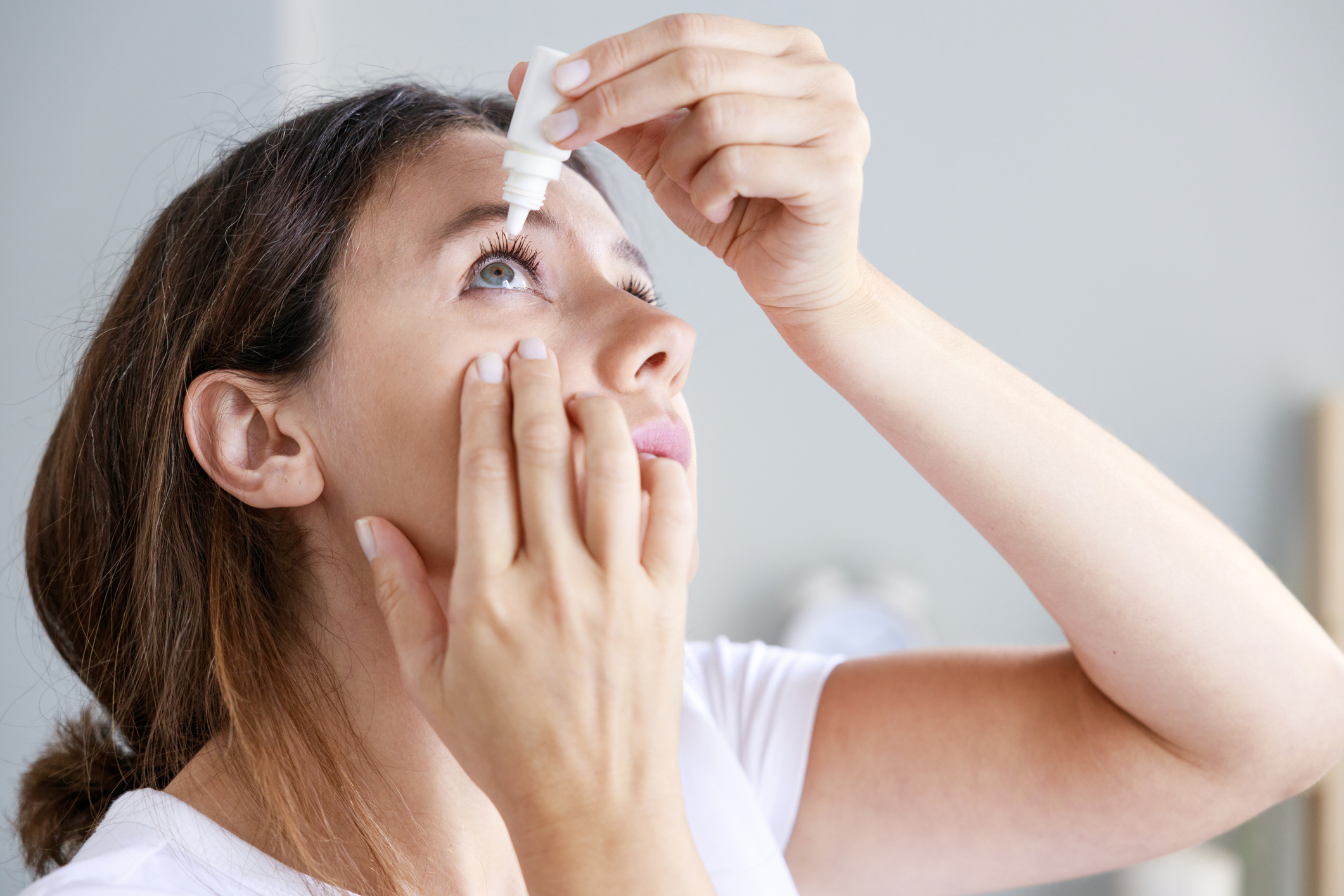
Patients with a rare disease causing chronic dry eyes and mouth may benefit from new research that has analysed salivary gland cells and may provide clues for targeted treatments for the condition.
In an abstract presented and recognised as one of the Highlights of last week’s European Alliance of Associations for Rheumatology (EULAR) Congress in Vienna, Birmingham researchers highlight their cutting-edge work on Sjögren's disease, specifically around furthering our understanding of the role of the salivary glands.
Sjögren’s disease is a chronic autoimmune condition that classically manifests as dryness of the eyes and mouth due to salivary and lacrimal gland dysfunction, and also causes fatigue, significantly impacting quality of life. While it is known that salivary gland inflammation is involved in the development of Sjögren’s, there are currently no approved biological therapies specifically targeting the underlying cause of the disease. This is also due to current limitations in profiling techniques, which make it difficult to accurately observe the changes occurring in the salivary glands of Sjögren’s patients.
To treat patients effectively, comprehensive understanding of the salivary gland microenvironment is needed; but current profiling efforts often struggle to capture high-plex 'omics data while preserving the spatial architecture of the tissue. Our innovative spatial mapping work has the potential to reveal previously unknown cellular landscapes and their interactions in patients, paving the way for targeted therapeutic approaches in managing Sjögren’s disease.
Dr Saba Nayar, University of Birmingham
To address this gap, the team, including Dr Saba Nayar, Professor Ben Fisher and Dr Jason Turner from the University of Birmingham’s Institute of Inflammation and Ageing and the National Institute for Health and Care Research (NIHR) Birmingham Biomedical Research Centre, used state-of-the-art technologies available at the Birmingham Tissue Analytics facility to analyse salivary gland tissue from patients.
Using both a single-cell transcriptomics genomics platform and a spatial molecular imager, they were able to map both identified cell types and novel populations, clustering tissue architectural features to define eight so-called neighbourhoods. Some of these were enriched with epithelial cells, but others were associated with different immune cell populations. One neighbourhood was enriched with IgA plasma cells and was associated with myeloid populations – in contrast to the other IgG plasma cells enriched niche. These niches exhibited distinct molecular profiles.
Study lead Dr Saba Nayar, Research Fellow at the University of Birmingham, said: “Our pioneering spatial research has the potential to map the cellular and molecular diversity within the salivary glands of patients. This mapping will enable us to categorize patients into distinct biological groups. When integrated with additional patient systemic molecular data (from blood and serum) and symptomatology, it will facilitate stratified medicine and lead to more effective treatment strategies for Sjogren's syndrome patients’’.

